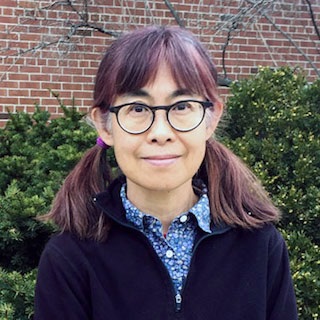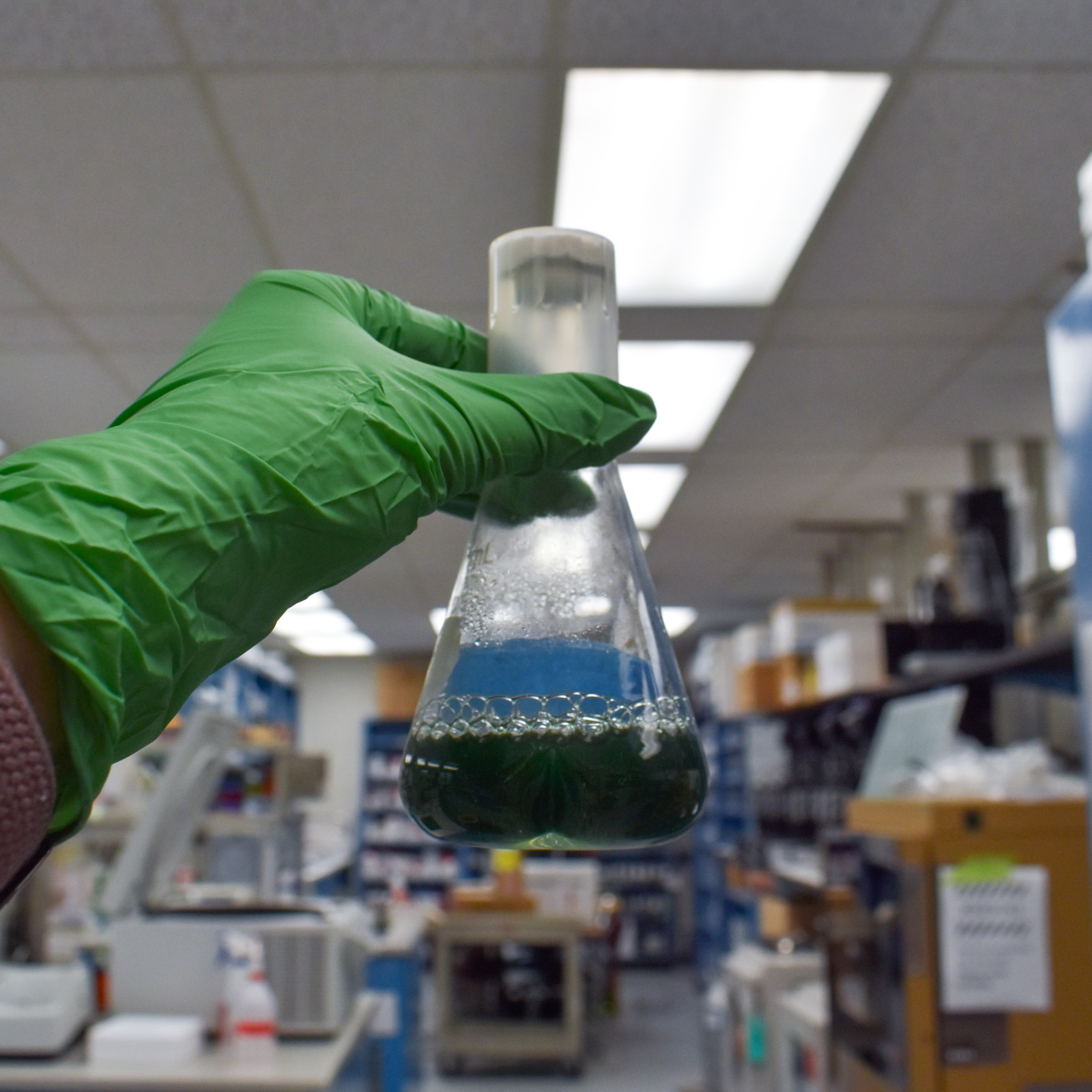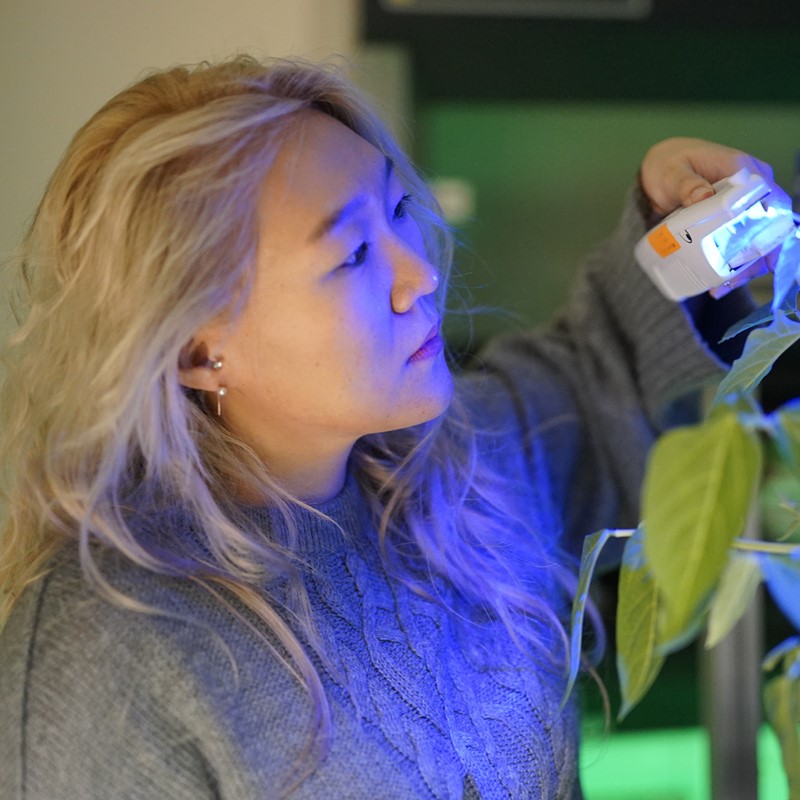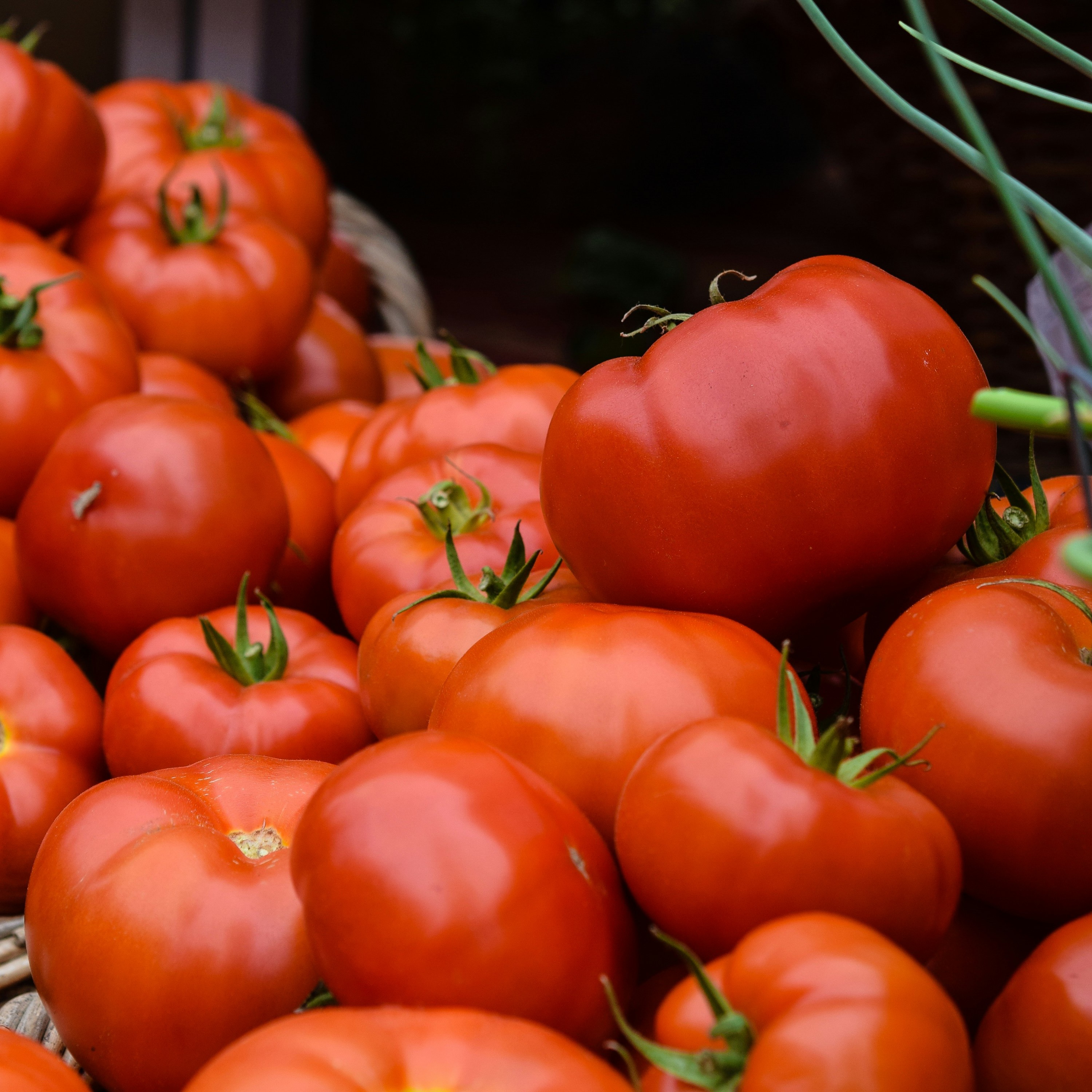The diverse ways photosynthesis balances its energy budget
Atsuko Kanazawa and members of the lab of David Kramer at the MSU-DOE Plant Research Laboratory (PRL) have published a new paper that reveals how nature has come up with diverse solutions for photosynthetic organisms to safely harvest sunlight. The paper is included as a chapter in a new book, Photosynthesis in Algae: Biochemical and Physiological Mechanisms, published by Springer.
The majority of past studies in this area of photosynthesis research have been conducted with two model systems. Those include terrestrial plants, mainly a small plant called Arabidopsis, and a green alga called Chlamydomonas reinhardtii.
“It’s as if we tried to understand something by only looking at two examples…you compare the performance of say, a Ford Mustang and a Lamborghini Huracan, and generalize it to other vehicles. Is it reasonable? How about a motorcycle, a semi-truck or a combine harvester? Or a submarine? They certainly have different kinds of performance abilities,” says Atsuko, who is a Research Assistant Professor at the PRL.

By Igor Houwat, MSU-DOE Plant Research Laboratory, 2018
“Choosing a few so-called ‘model systems’ for intensive study made a lot of sense in the past, when it was difficult to get genetic information and measure photosynthetic processes. Now, with cheap and rapid genome sequencing and hand-held devices that can probe the inner workings of photosynthesis in great detail, we can expand our studies to include a more diverse set of species.”
In the new review chapter, the authors introduce the basic energy balancing model developed for the higher plant chloroplast system. Then, they compare the model with selected aquatic systems to address how the different systems need to re-balance the energy input and partitioning.
David, Hannah Distinguished Professor at the PRL, says, “The main point is that all organisms have a common problem: photosynthesis is dangerous. If too much energy is taken up and cannot be used, toxic intermediates can build up. Different organisms have found distinct ways to protect themselves from that danger. They all do it by dissipating (getting rid of) excess light energy, but the way they do that is very different, and each way introduces its own set of additional problems that nature has had to fix as well.”
The article synthesizes a wide range of recent studies that show how these knock-on effects impact the efficiency and productivity of photosynthesis across species. This body of research provides some clues about how humans can improve the productivity of its crops.
The new book is a unique look at photosynthesis in algae and cyanobacteria. Each chapter is written by authors who are world experts in their fields, which include biofuels, bioenergy and genome sciences. It is aimed at ‘researchers, environmentalists, and planners in a range of areas including those of marine resources, nutrient control and pollution of water bodies and that growing body of concerned citizens interested in controlling carbon emissions and global warming.’
The book chapter is, Diversity in Photoprotection and Energy Balancing in Terrestrial and Aquatic Phototrophs. Contributing authors are Atsuko Kanazawa, Peter Neofotis, Geoffry A. Davis, Nicholas Fisher, and David M. Kramer.
By Igor Houwat, Atsuko Kanazawa; Banner image by Kramer lab



